When it comes to designing a broadcast facility, you can engineer a world-class system that makes the rest of the production community envious.
But unless your building can support your production facility, your plans are meaningless. Modern office buildings are typically not designed to support production facilities. And older buildings can be even less accommodating. When it comes to building out a production operation, you need to make sure your building has the right infrastructure.
Here are the top 6 building requirements necessary to support a broadcast facility.
Proper ceiling height for your broadcast facility
Ceiling height is one of the most common issues when it comes to building a production facility. There’s often not enough headroom. 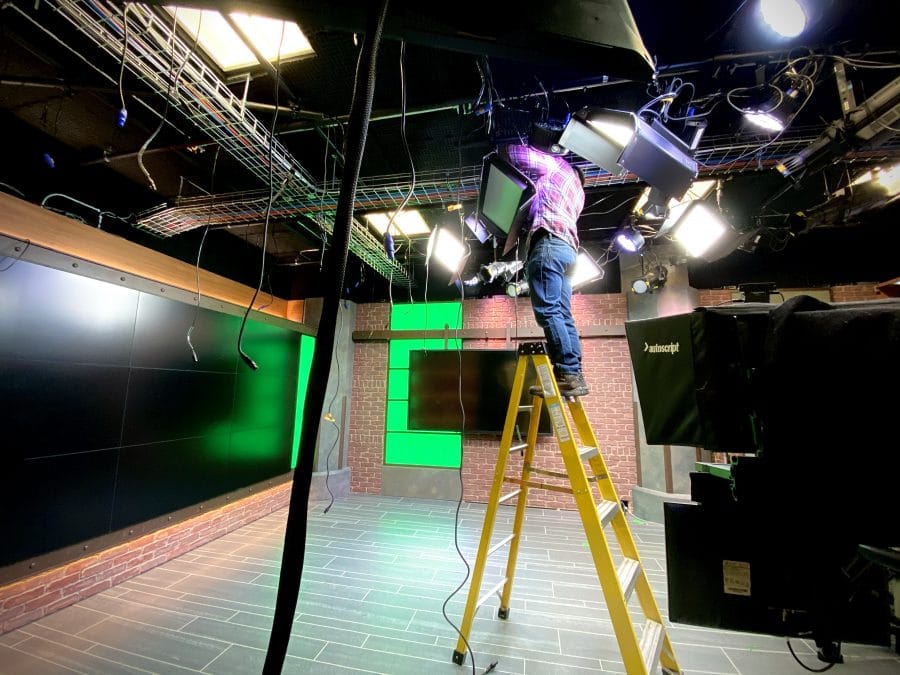
Studio lighting is impacted the most by the ceiling height. You need enough space to hang a lighting grid and instruments, plus enough space for circulation. You don’t want your lighting instruments hugging the ceiling.
A “typical” ceiling height in an office building is usually not high enough to install a lighting grid and fixtures. Unfortunately, there’s not much you can do to raise a ceiling.
When scoping out space for your production facility, make sure your space has adequate ceiling height. Check to see how much space you have between the drop ceiling and the slab if your space has a drop ceiling. Drop ceilings can typically be removed, and this may buy you several additional feet of ceiling height.
Adequate HVAC and venting
If you’ve been in a control room or production truck, you know that the proper temperature is somewhere between Alaskan winter and arctic wind.
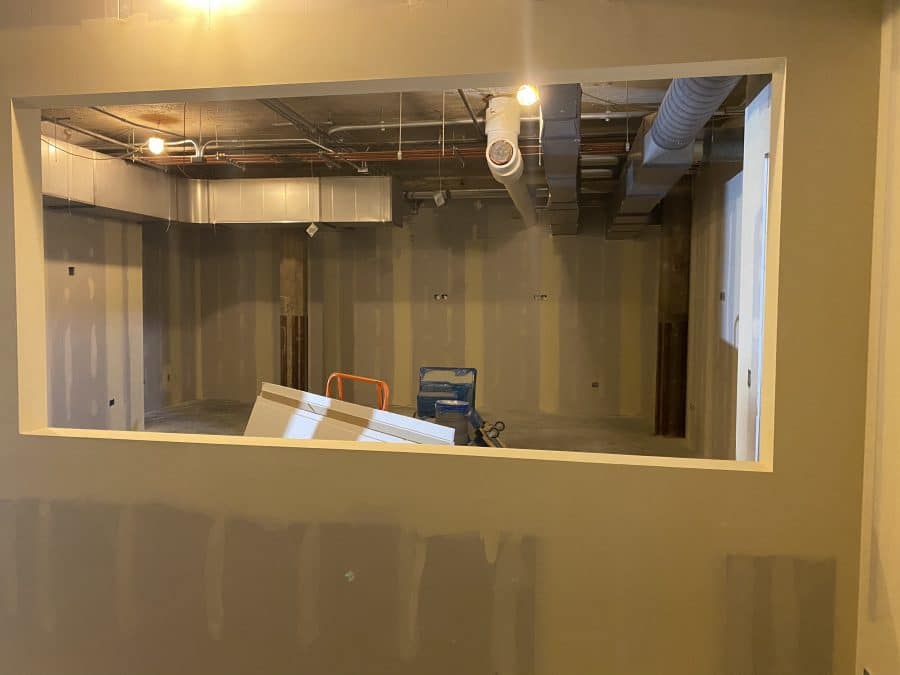 But there’s a reason production facilities are kept cold. Heat, humidity, and broadcast equipment don’t play well together. A cool, humid-free environment is ideal.
But there’s a reason production facilities are kept cold. Heat, humidity, and broadcast equipment don’t play well together. A cool, humid-free environment is ideal.
Make sure your building has adequate HVAC and venting to support your production facility. You also want to make sure that you have a separate thermostat to control the temperature in your facility. If this is left to the building, then you’ll never be able to regulate temperature.
Often, heating and cooling needs for a production facility is a matter of rerouting some ductwork. Other times, you may need to do some more extensive HVAC work. It’s important to have a clear idea of where your facility’s key components will be located, so you know where to route your ducting.
Another consideration concerning HVAC is the location of fans and blowers. You do NOT want a fan or blower in your studio, or anywhere you’re recording content. This background noise may be unnoticed by the majority of people – but it will drive your A1 nuts, causing unnecessary background noise that can easily be picked up on a mic.
Power for your broadcast facility
Power is another huge consideration.
You’ll want to make sure you have enough power to support all of your equipment with plenty of room to accommodate growth.
You’ll also want to make sure that you have outlets in places where you need them. This includes the ceiling of your studio to support lighting instruments.
If possible, it’s ideal to have clean power, meaning power drops that are dedicated to you and your facility – not shared with other circuits in the building. You don’t want to lose power in the middle of a production because the cleaning crew plugged in a vacuum.
And if possible, try to arrange for access to the breaker box that supports your facility. The last thing you’ll want to deal with is trying to track down a building maintenance person if you tripped a breaker.
Proper connectivity
Connectivity is another big consideration. Unlike some of the items outlined above, you have a bit more control over connectivity. 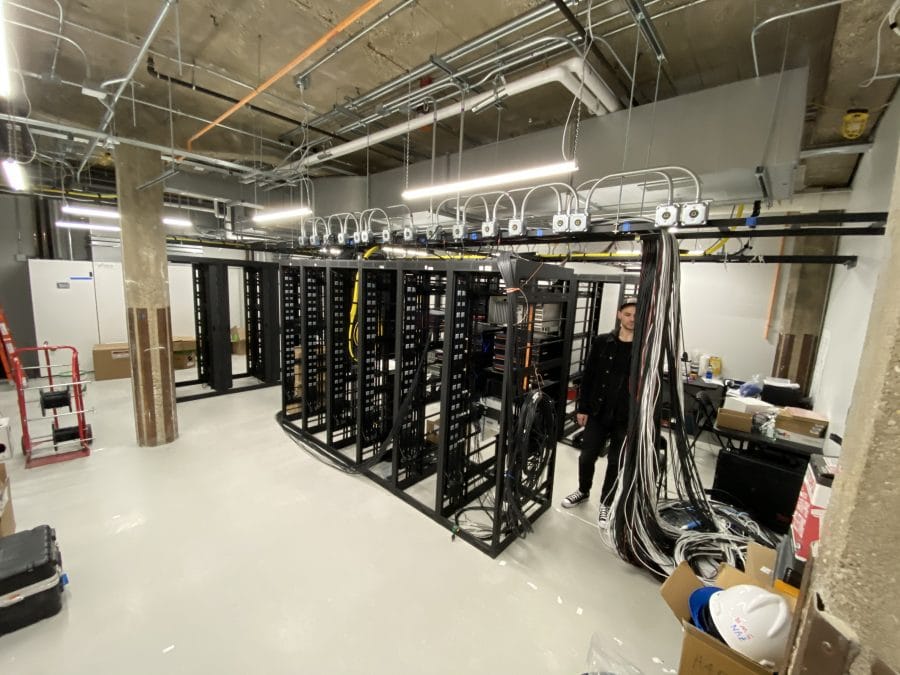
Make sure that you have adequate internet connectivity to support any outbound transmissions as well as the overall IT network of your operation.
We always suggest redundant internet circuits for our clients. In a commercial office building, you’ll want redundant ISPs for maximum coverage.
Depending on where your facility is located geographically, look into the feasibility of a fiber circuit. If your building doesn’t have active fiber, there may be dark fiber nearby that you can use to construct a new fiber circuit.
Security for your production facility
With thousands of dollars’ worth of production equipment – and very likely more – it’s imperative to keep your production facility safe.
Make sure that you take the proper precautions to keep your facility secure.
Ideally, your building will have front-desk security to keep out unwanted visitors. But you may want to consider a separate key-card function for any entrances or exits into your production facility. This will help keep facility access to a minimum.
Security cameras are also a good idea. These can help keep an eye on your facility on nights, weekends, or any time your facility is inactive.
General production support
Ceiling height, HVAC, and electrical are all crucial for your production operation. But there are plenty of ancillary “nice to have” items as well.
For starters, a freight elevator and loading dock are ideal for a production facility. Especially if you plan to bring in supplemental equipment or set elements regularly. A standard elevator can be problematic when it comes time to bring anything large into the building.
If your building DOES have a freight elevator and loading dock, great, but you’ll also need elephant doors for your studio so that equipment can be loaded into your space. Fortunately, this is something that can be planned for as part of your architectural plans before your facility build-out is complete.
And finally, storage. You will never have enough storage space. Even if you think you have adequate storage space, you’ll use it faster than you expect. You’ll need a place to store extra equipment, props, expendables, even set elements. Your studio activity and content production needs will dictate exactly how much storage space you need, but make sure you have at least something built into your plans. Storage is something that can be very hard to add later, so it’s best to plan for this up-front.
If you’re looking for assistance with an upcoming build-out, or have more questions about building needs, contact our system integration team. We’re happy to help.
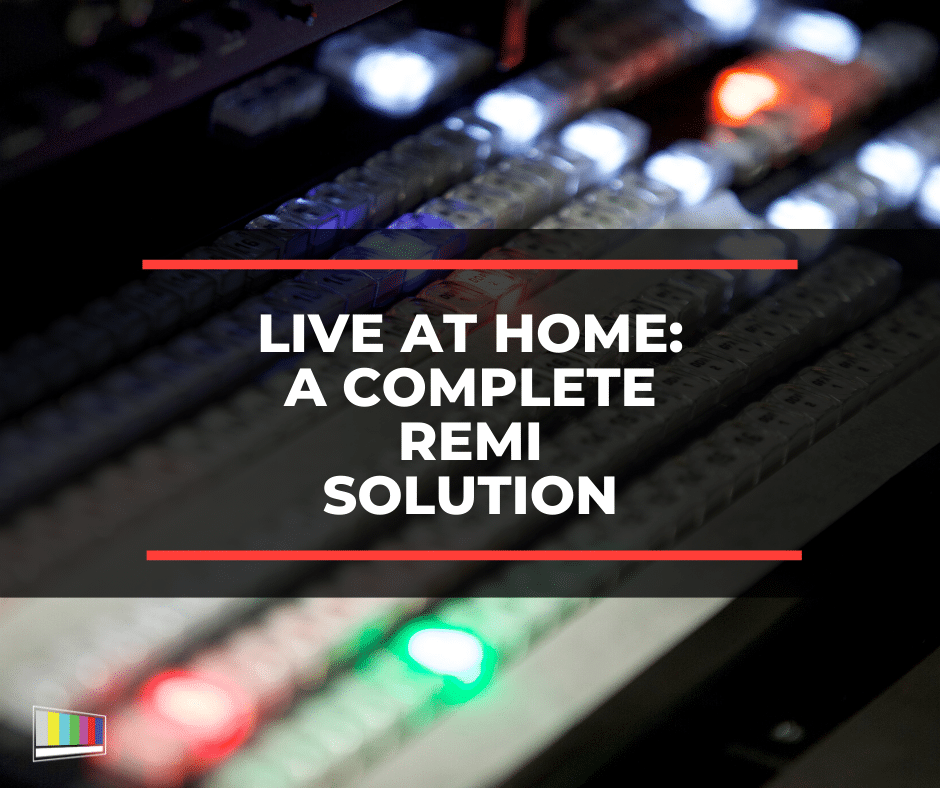
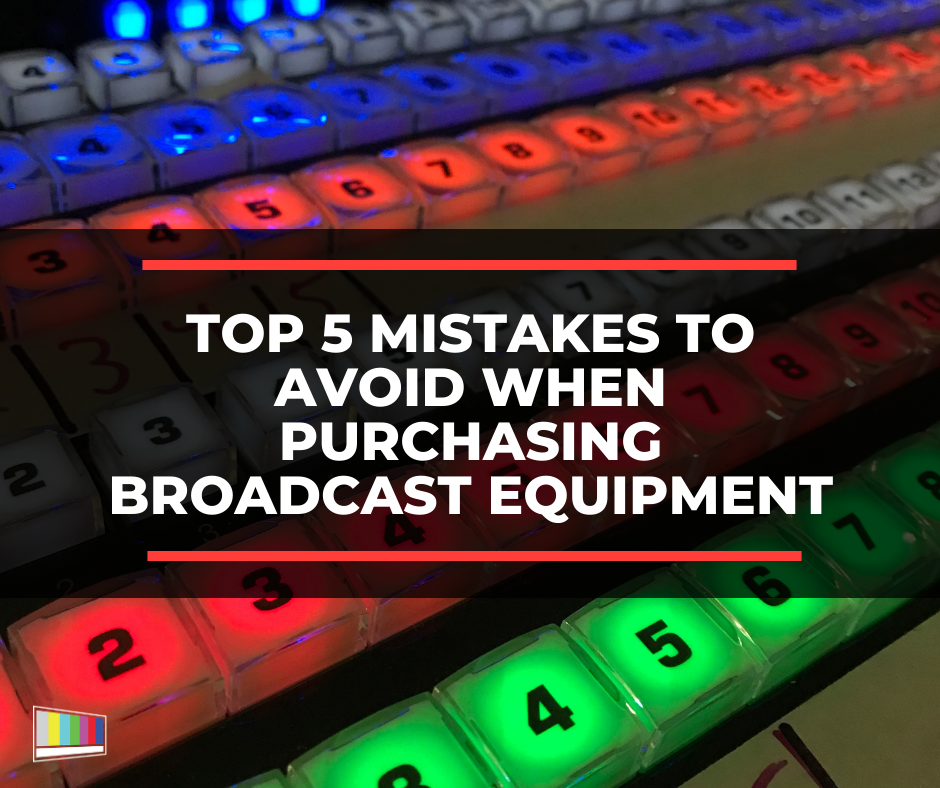
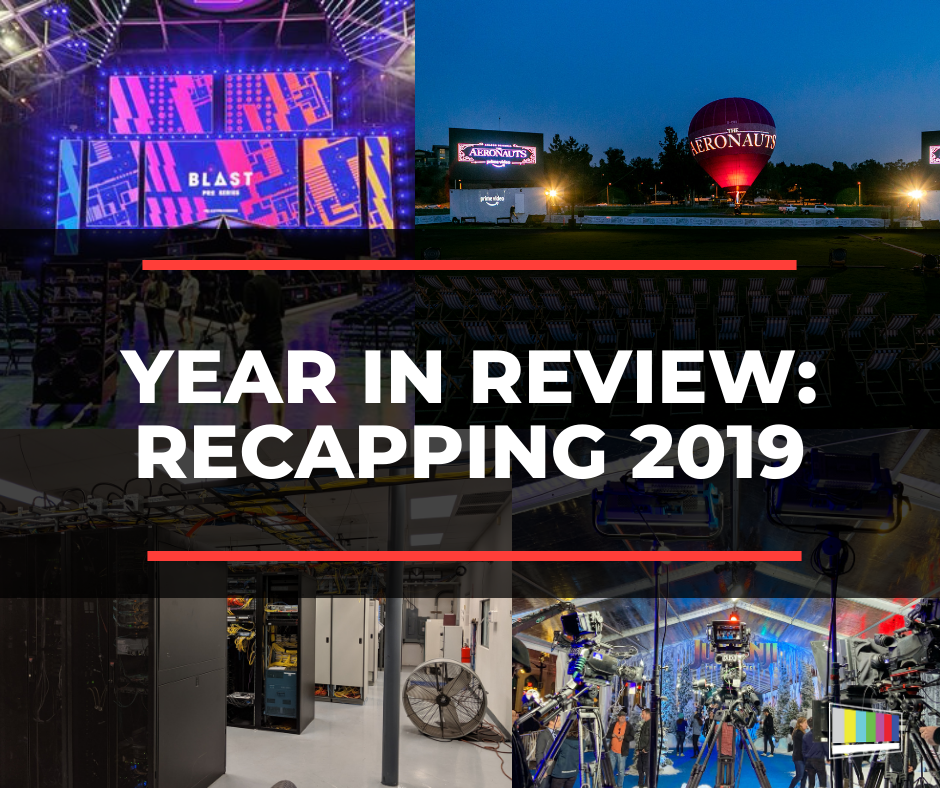



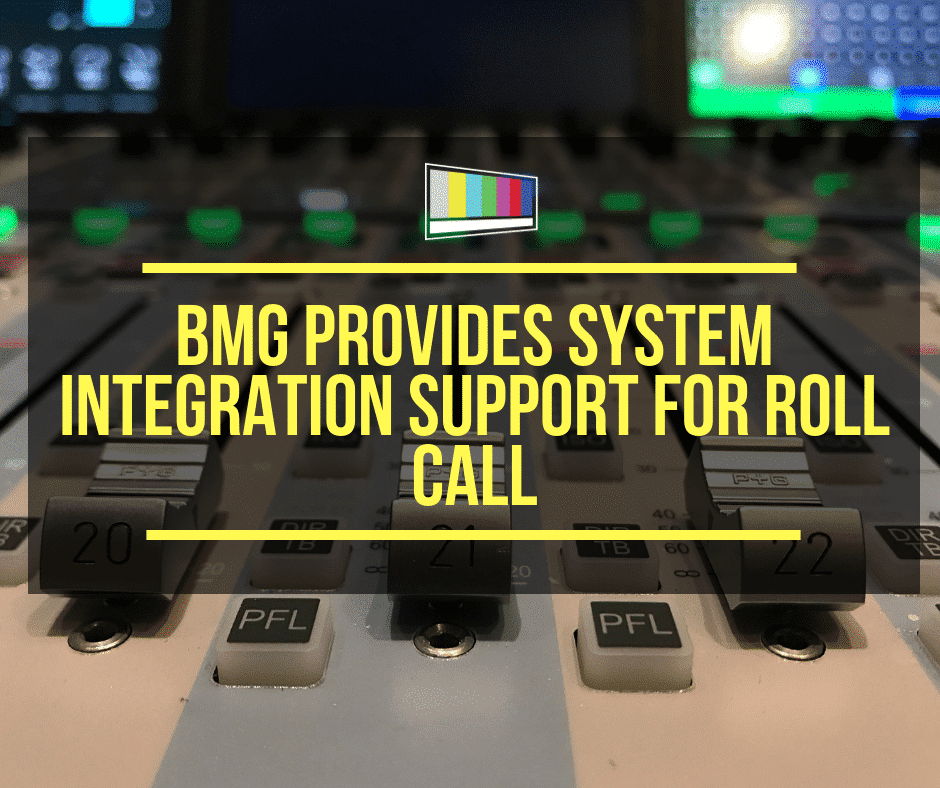
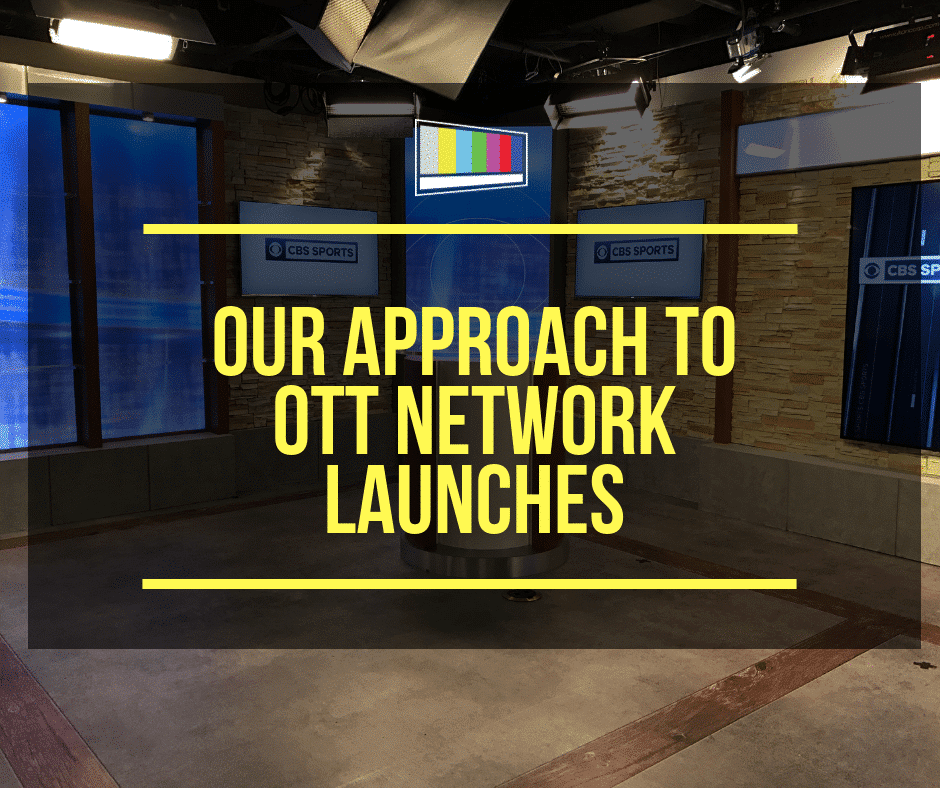

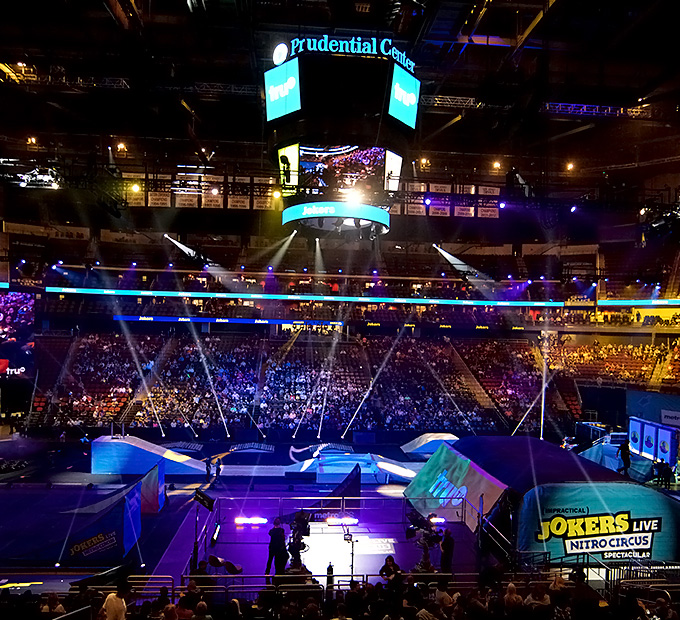
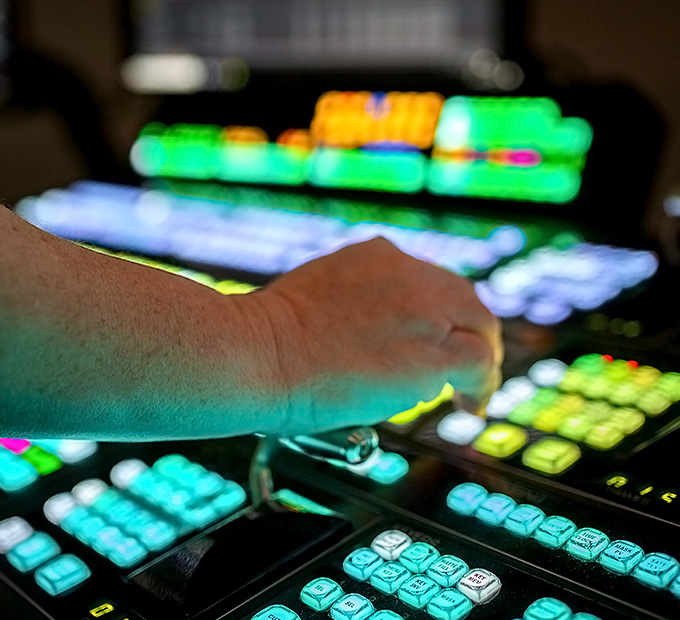
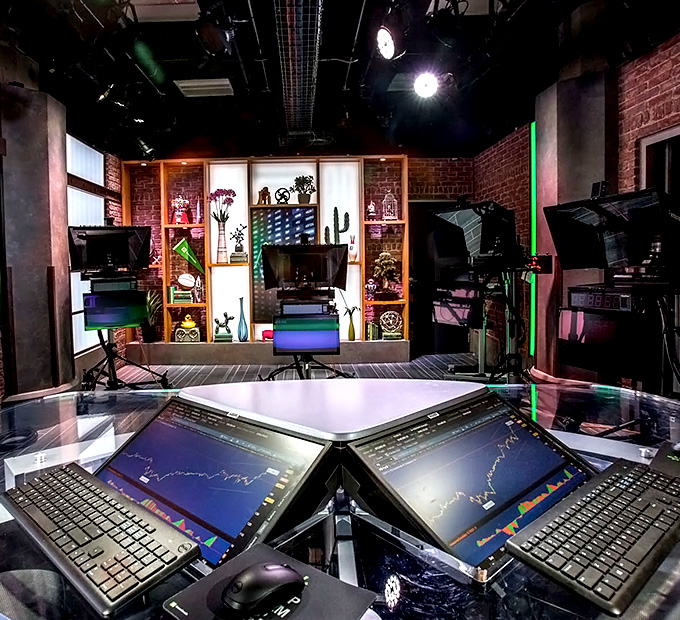


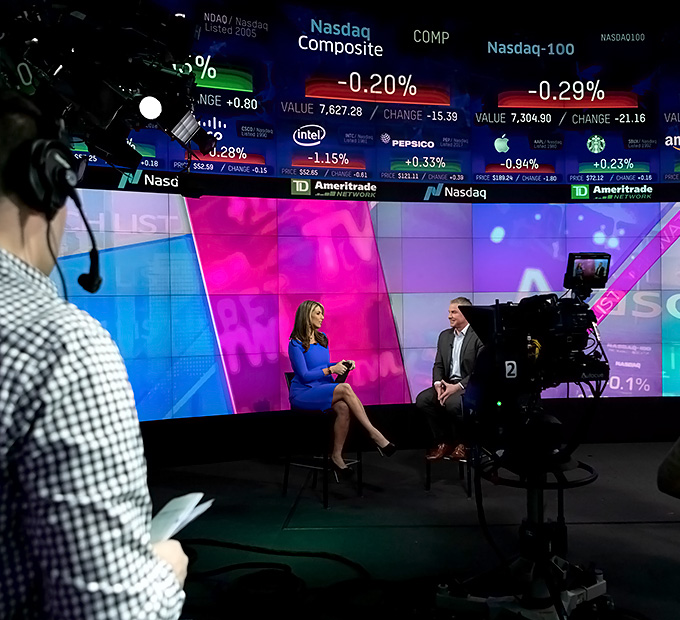
Leave a Reply